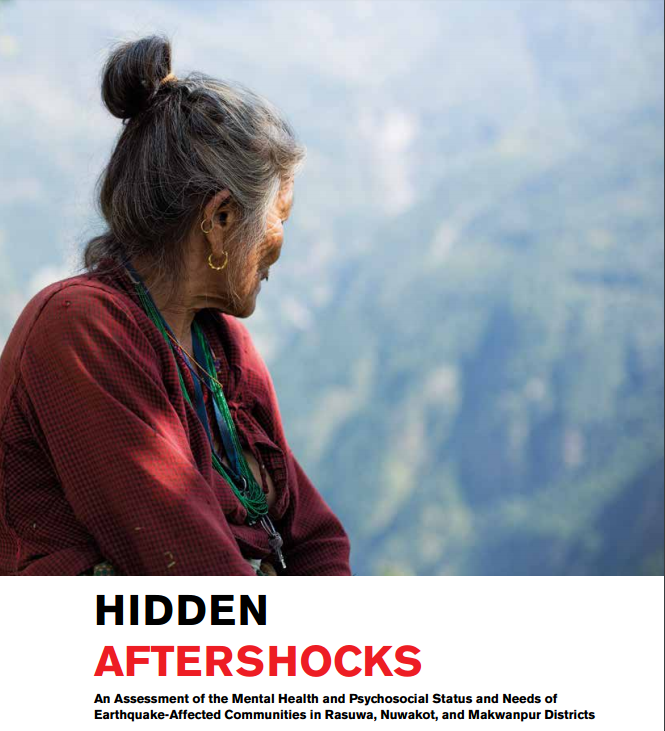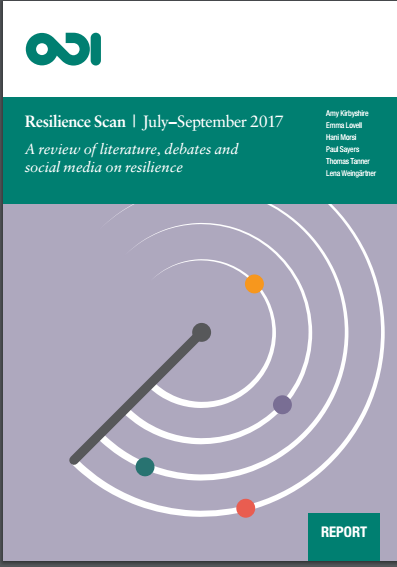Flood Early Warning Systems in Nepal: A Gendered Perspective
The Hindu Kush Himalayan region is extremely vulnerable to various types of water-induced disasters, particularly floods and landslides. In Nepal, more than 300 people are killed annually on average as a result of floods and landslides. Inequalities in society are often amplified at the time of disasters, and poor people, especially women, the elderly, and […]
Flood Early Warning Systems in Nepal: A Gendered Perspective Read More »


